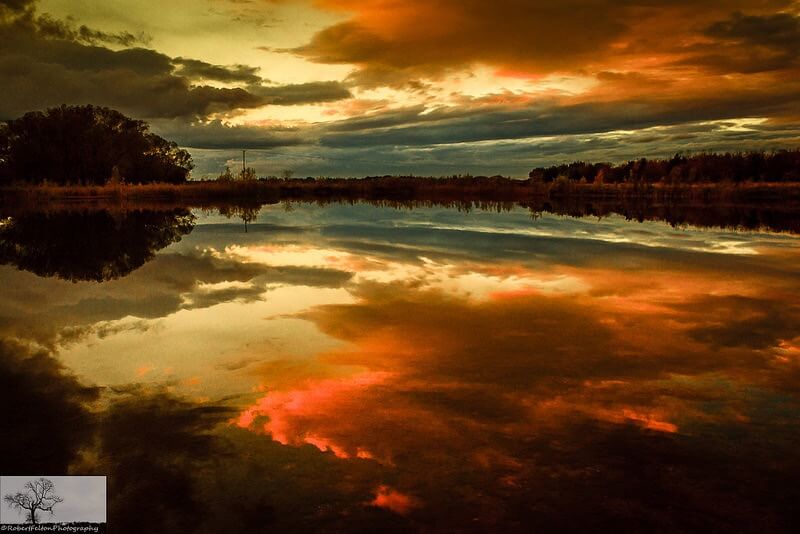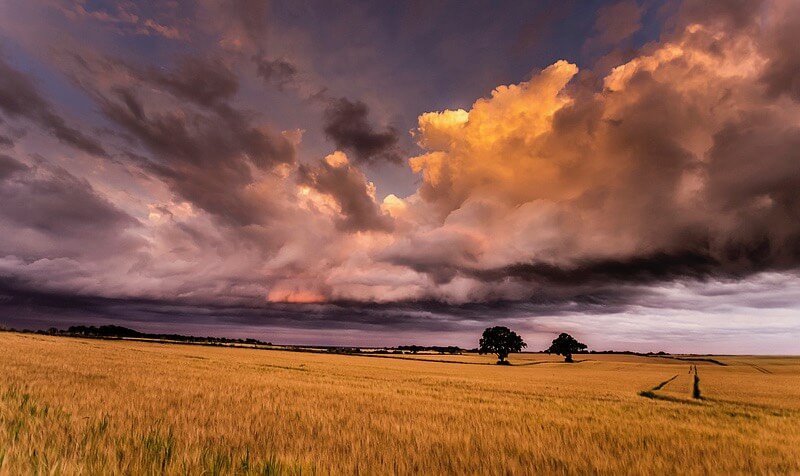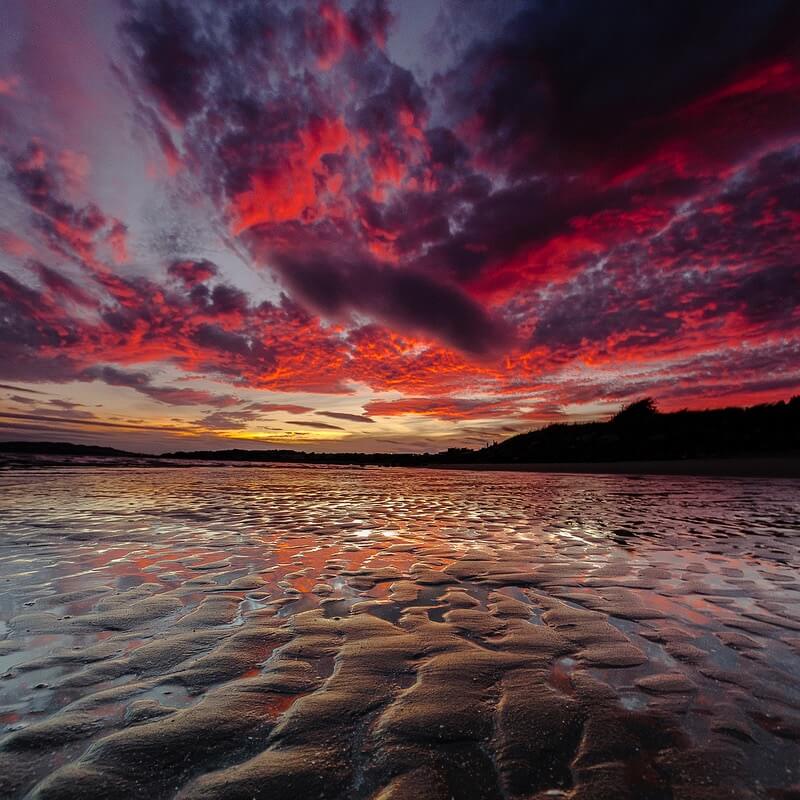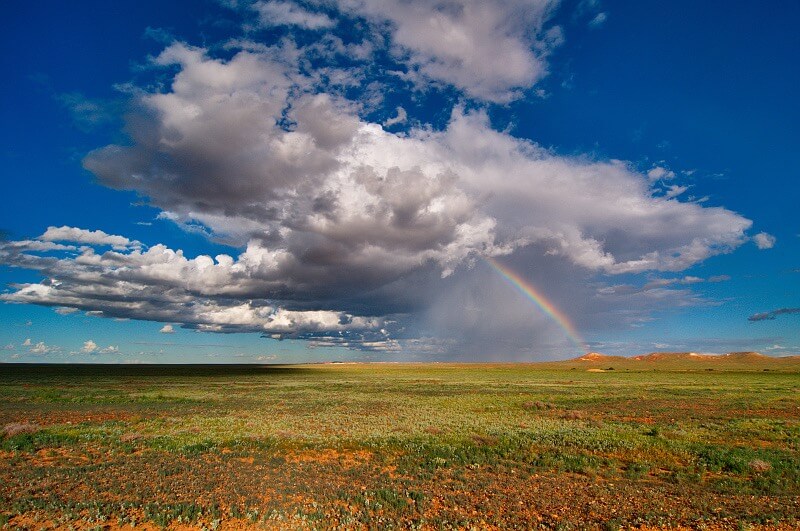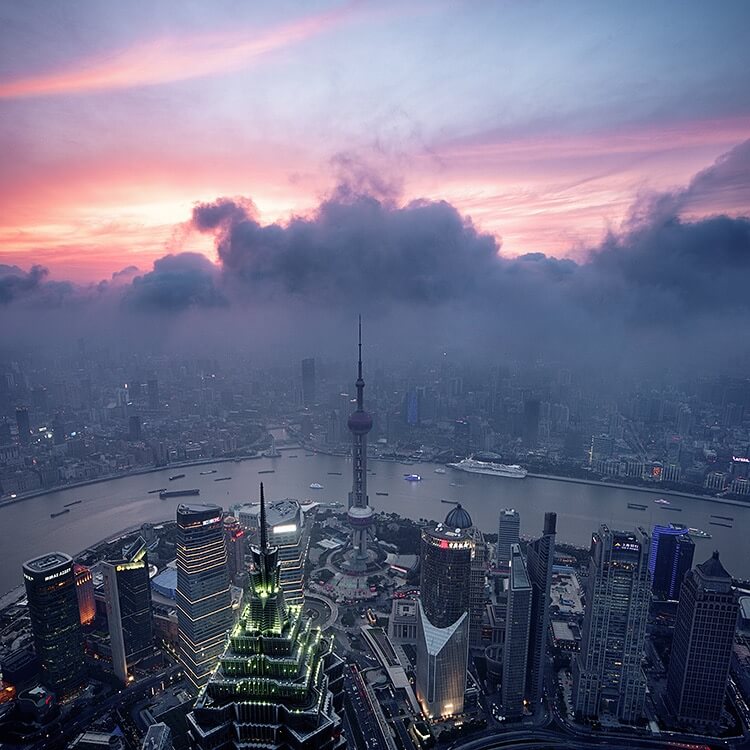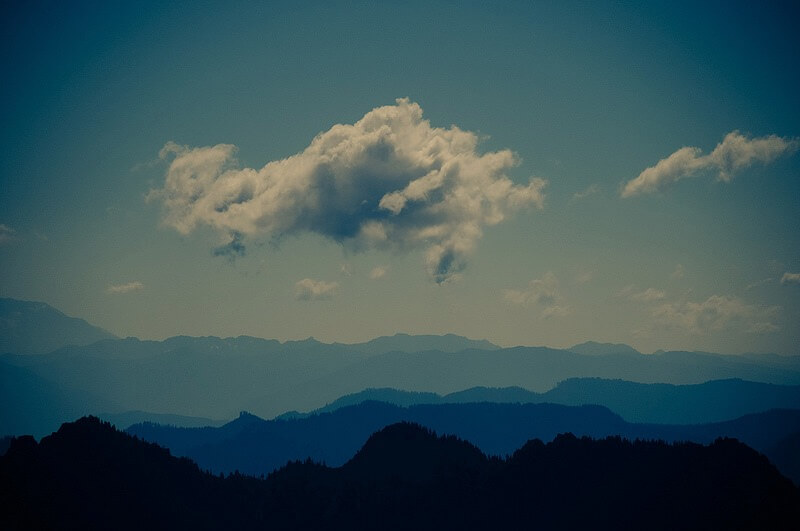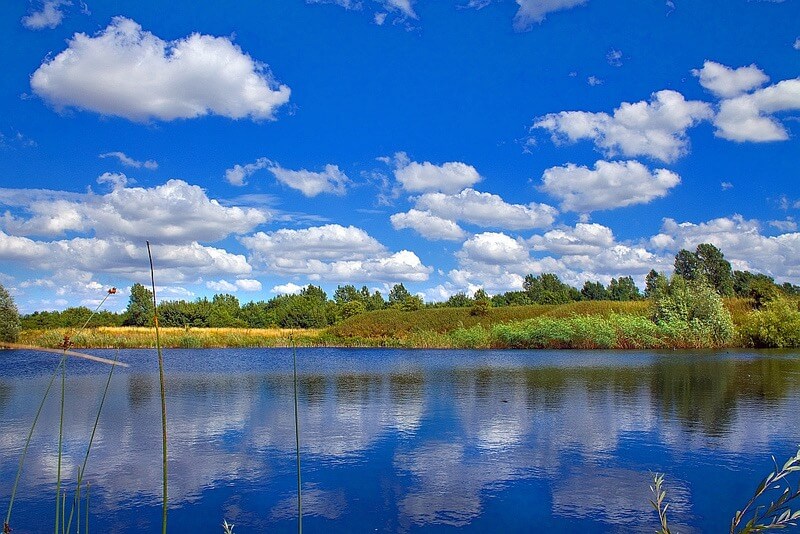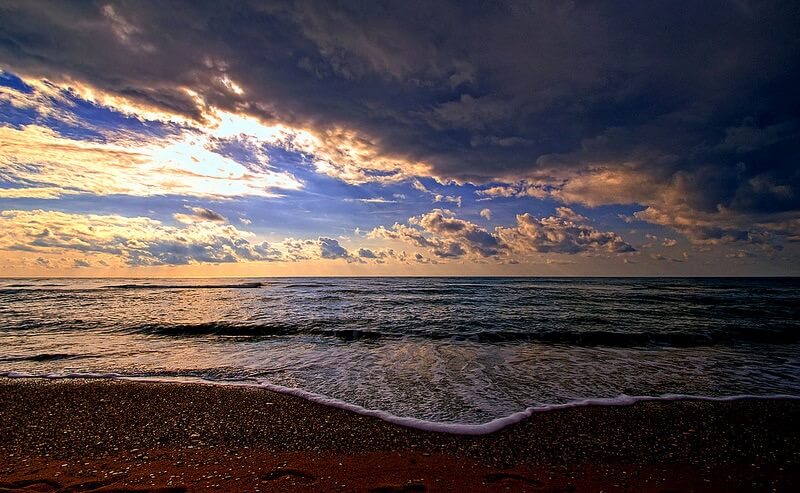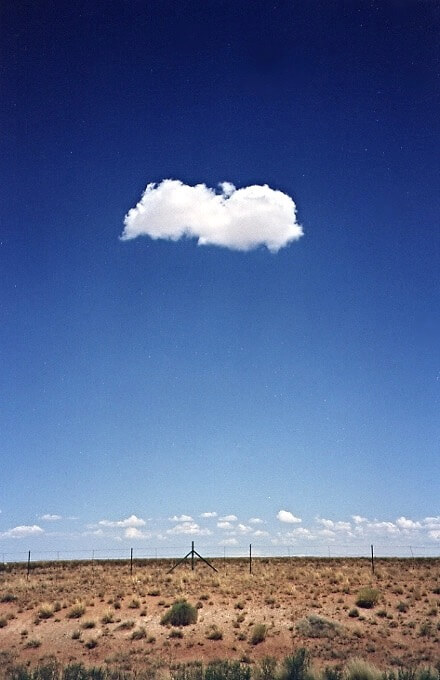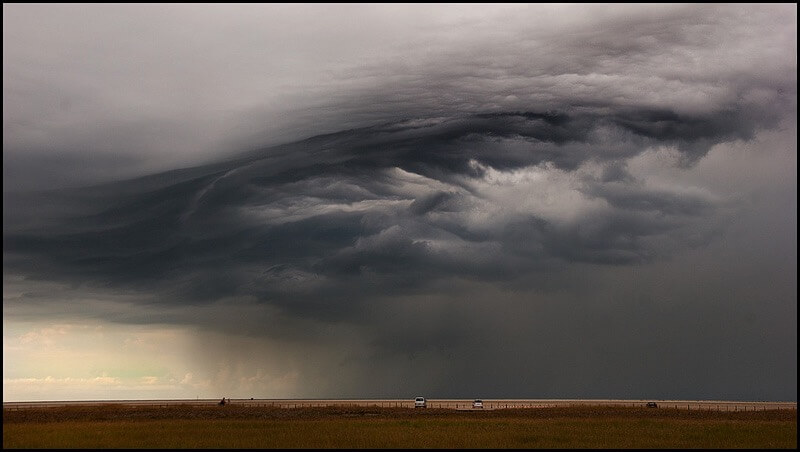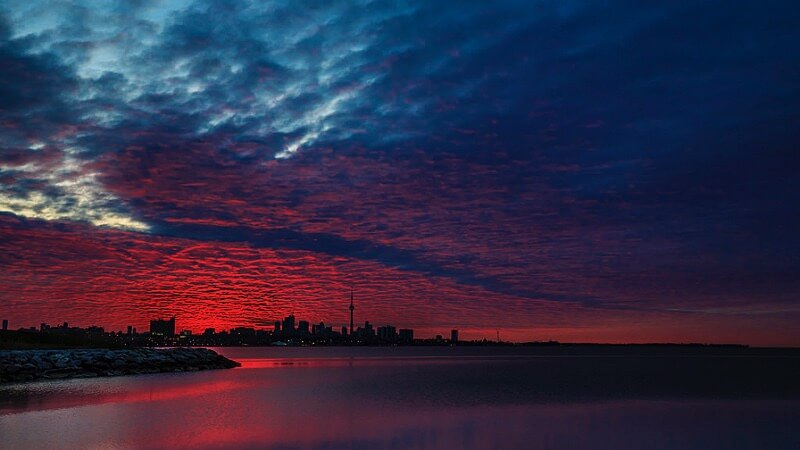Clouds are a timeless photography subject. They’re beautiful and constantly changing, giving photographers fresh inspiration every hour. They make great backgrounds, too. Depending on the weather or time of day, you can use clouds to evoke all kinds of emotions, from grief to bliss.
For these reasons, we decided to include clouds in our 2017 Photography Challenge. In the few months since January, we’ve seen a lot of incredible photos of clouds. If you missed this challenge, check it out! It’s never too late to begin.
Not sure where to start? Here are 40 inspiring photos from our Flickr group, as well as some tips to help you capture awesome cloud photos.
Go out in bad weather.
If you’re always trying to avoid rain, wind, and stormy weather, you’ll be hard-pressed to find truly amazing clouds. Though you can find nice, fluffy clouds in warm, sunny weather, you’ll miss the awe-inspiring beauty of storm clouds if you only go out in good weather.
Time your shoot for sunset/sunrise.
You can find great clouds in the middle of the day, too, but sunset/sunrise is the easiest time to find a sky worth photographing. Unremarkable clouds can become masterpieces as they take on a range of colors, from pink and orange to deep blue.
Clouds settling in – highlands
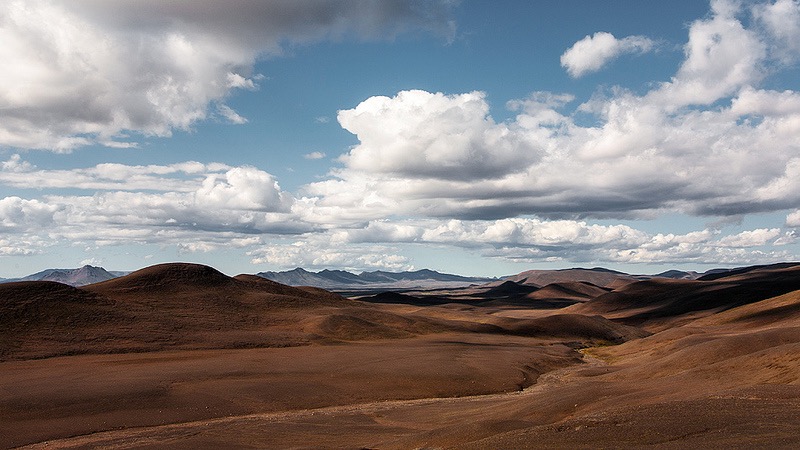
Use shorter exposure times.
Clouds tend to move quickly, especially when they’re low to the ground. For this reason, you’re more likely to get well-defined cloud photos if you use shorter exposure times. A longer exposure can still be nice if you’re aiming for a surreal photo, but if you want as little blur as possible, keep the shutter speed fast.
Use filters.
When you’re heading out to shoot clouds, make sure to take along a polarizing filter and a graduated neutral-density (ND) filter. A polarizing filter will make the sky especially blue and give the clouds good definition. It will also help brighten colors in the foreground and reduce glare on the water’s surface.
A graduated ND filter is useful when there’s too much dynamic range in your photo. In other words, part of the scene is really light, while another part is really dark. This situation can lead to overexposure or underexposure, as you try to balance between the two extremes.
You might experience this problem during a sunset or sunrise, as the brightness of light is changing. You can easily end up underexposing the landscape or overexposing the sky. To fix this issue, try using a graduated ND filter. The top of the filter is darker, while the bottom is lighter. This change can help balance the two extremes, making it easier to capture gorgeous sunset/sunrise clouds.
Shoot on a tripod.
Always a good idea.
Greg David – Clouds settling in

david constance – Cloud Design 2
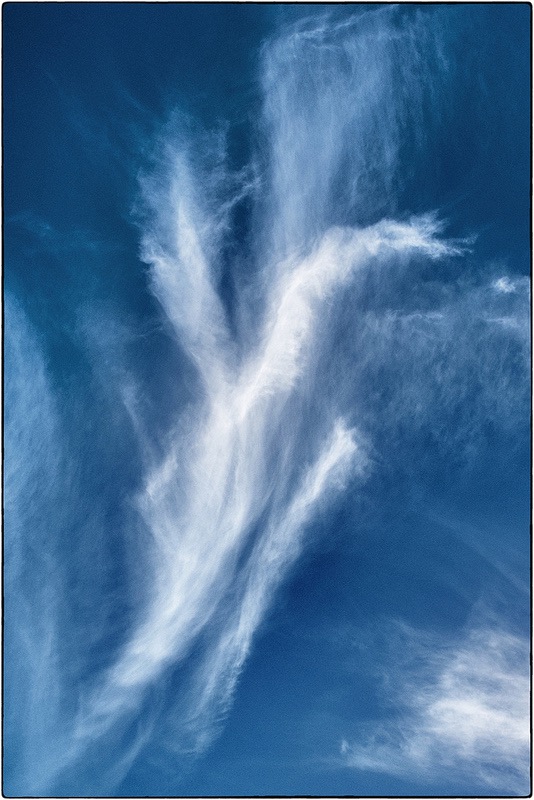
Ahmad Syukaery – Vang Vieng Landscape
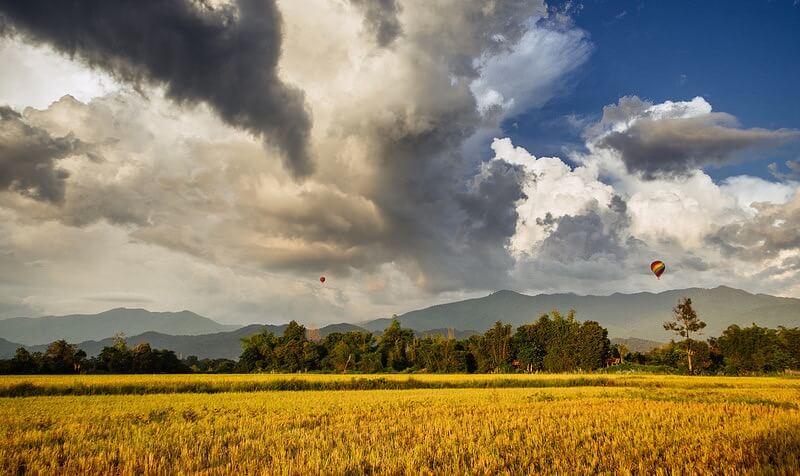
noureddine zekri – arbre en fleur

Carina – I’m chasin’ the clouds away

Azfar Nasirudin – In Another Life.

Елена Пејчинова – Layers, light and clouds
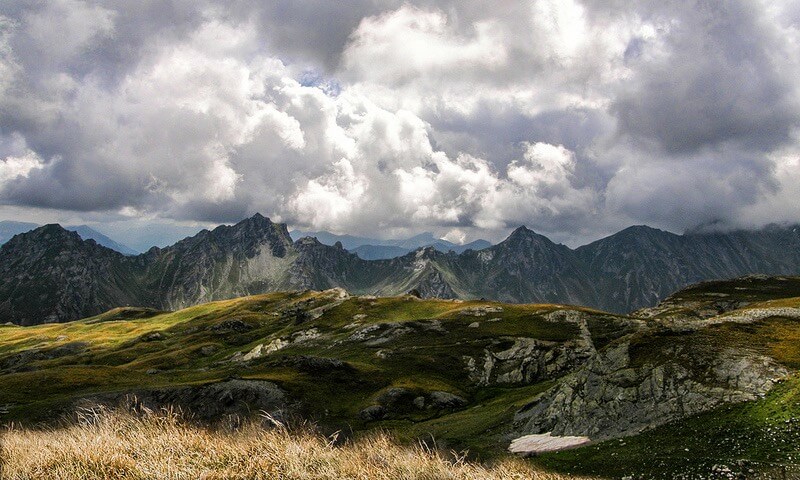
Robert Felton – Cardington Cloudscape

Jens Fersterra – clouds ‘n lights

aminefassi – Before the Rain 2
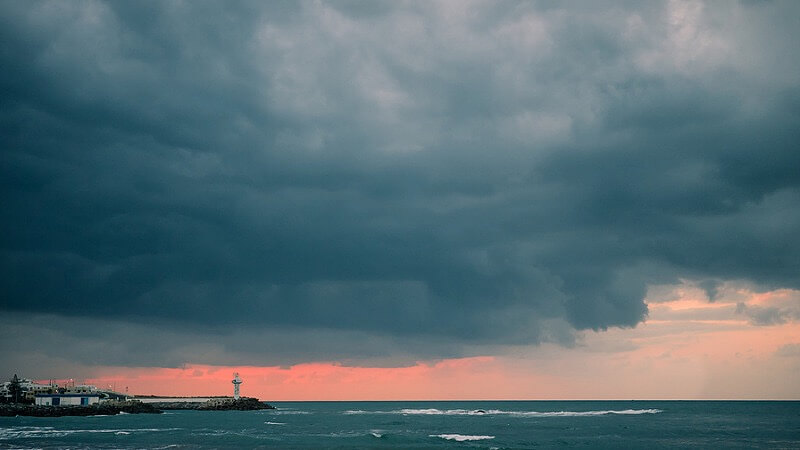
Елена Пејчинова – Impelling clouds
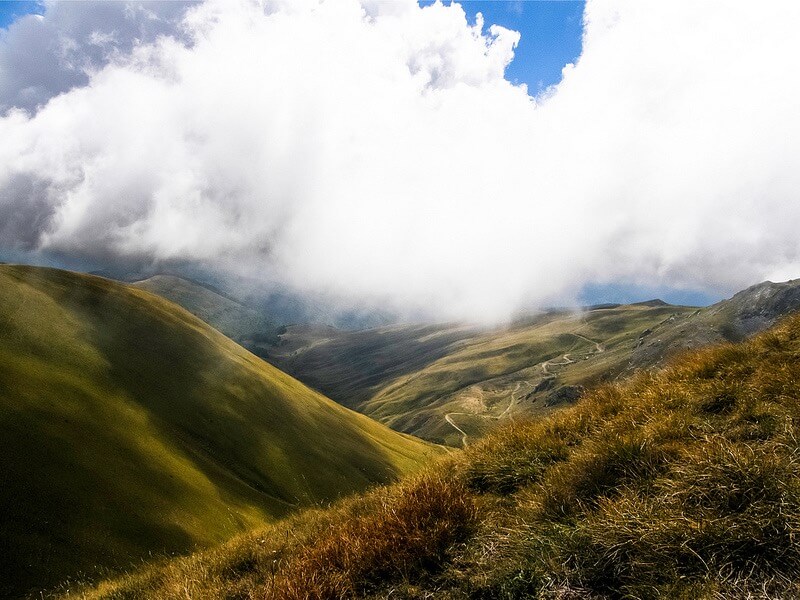
Richard Watkins – Field, Sky & Clouds
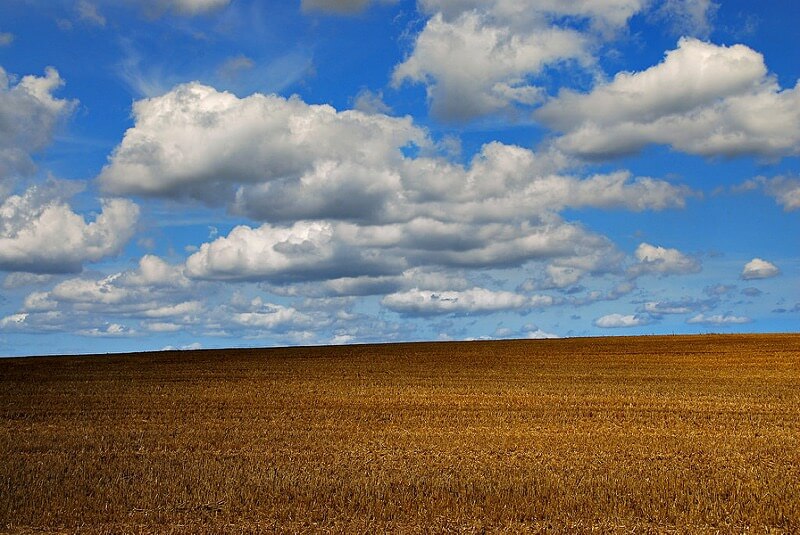
Peony71 – Grey Skies and Cloudy Days

Robert Felton – Another Day Another Sky
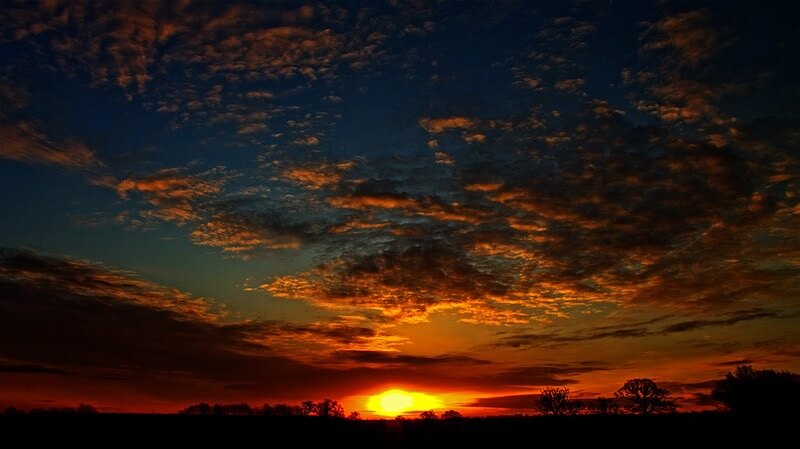
Robert Felton – Dog Farm Lake Cloudscape
